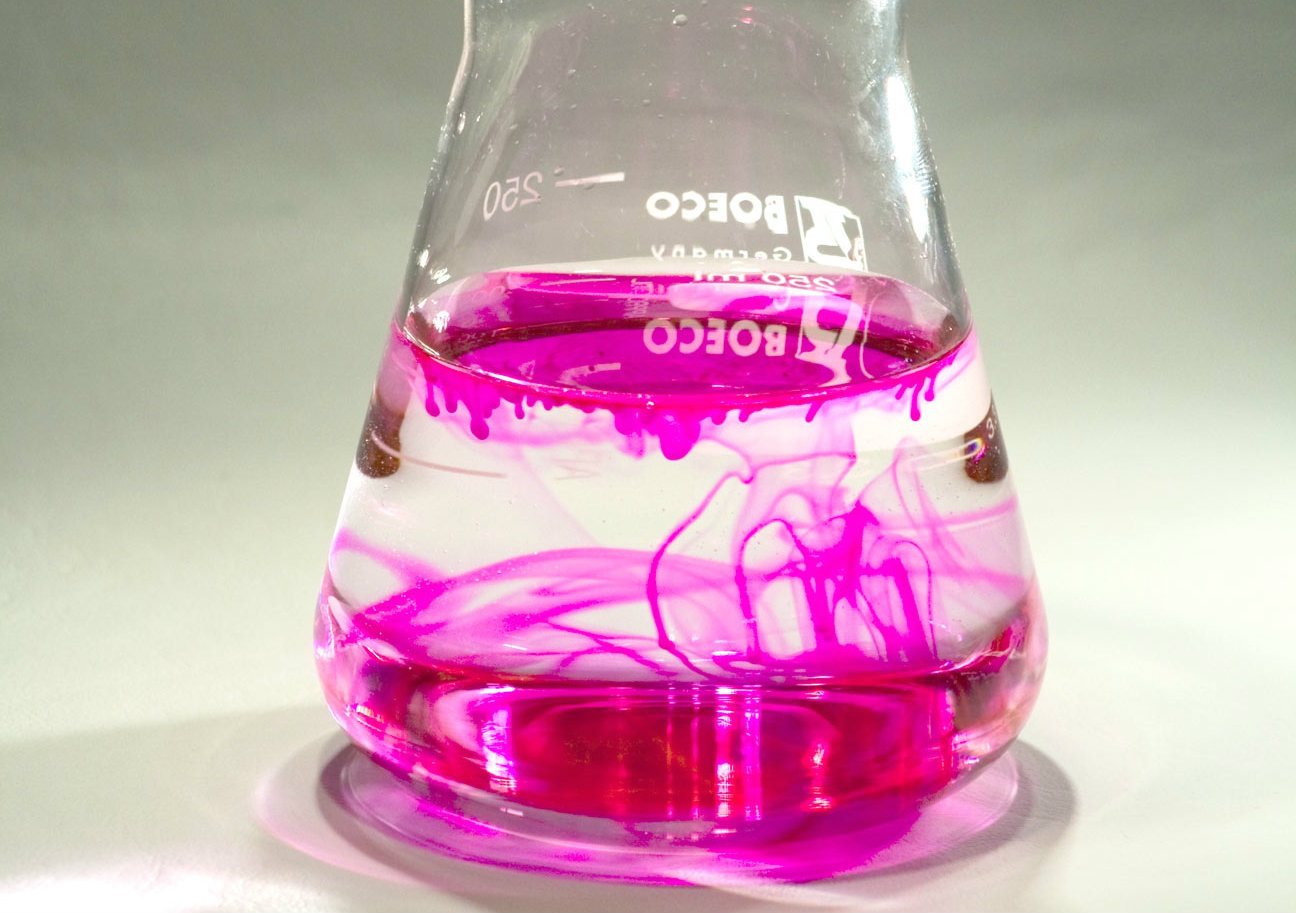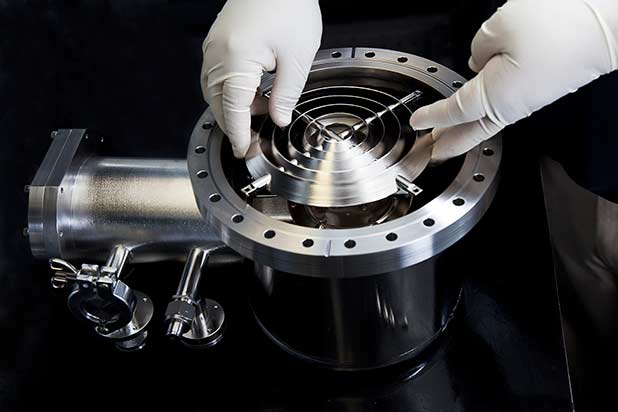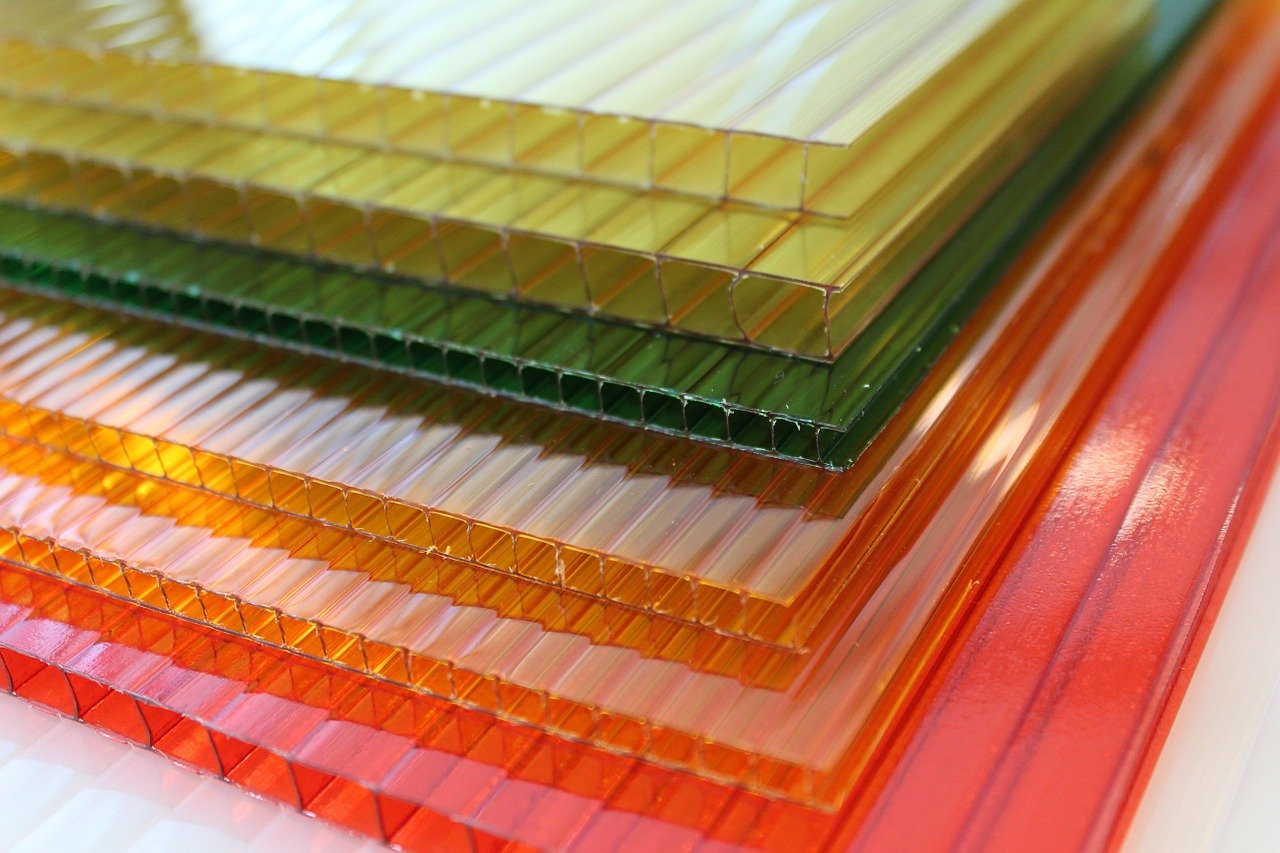Cosmetics Cleaning: Removing Erythrosine
Do you have a known solution for removing erythrosine from stainless steel? Erythrosine is also known as Red 3 when used as a cosmetic. Sometimes the cleaning is manual, other times it is automated.
Clean in Place “Hacks” for Water Spots
A: A two-step cycle with a base followed by an acid, whether it be CIP cleaning or in a large scale liquid dispensing system washer, is a robust and, when needed, is a recommended process. Water spots typically occur because of two main mechanisms….
Ultra high vacuum compatible cleaning
Q. Can Liquinox be used to remove residues from stainless steel for ultra high vacuum compatible cleaning? A. Yes, Liquinox has been used
Cleaning Stressed Polycarbonate
Q. In the past you have recommended a specific detergent type detergent for our sensitive plastics (stressed polycarbonate), mentioning that it does not have a surfactant. Can you elaborate for us why?
Alconox Inc. EHS Policy Statement
Alconox Inc. understands that, as suppliers of chemical products, we have a responsibility to protect the health, and safety of our employees, customers and environment. In support of this, we are committed to conducting business in a safe and environmentally beneficial manner that promotes the health of our employees, customers, community and to high standards of Environmental, Health and Safety (EHS) performance.




